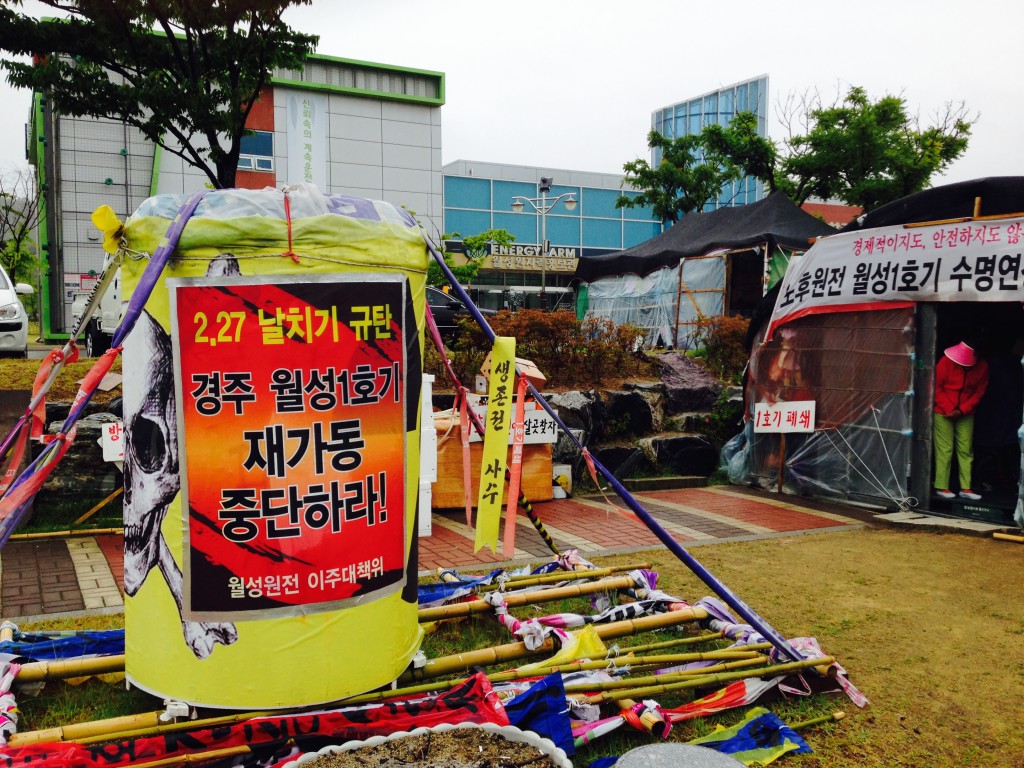The Power and Limits of Social Mobilization: Lessons from South Korea
Social mobilization plays a powerful role in environmental politics for enabling marginalized groups or citizens who lack access to political influence to place their concerns onto the public agenda. In the United States, the broader environmental movement sparked in the 1960s has had many media specific iterations, including campaigns over water and air pollution as well as toxic waste and environmental justice. These cases are used extensively in teaching US environmental politics. In Latin America, similar mobilization strategies have become the norm, and they can include an additional element of transnational activism as well. In much of the region, subaltern groups such as peasants, indigenous or the urban poor not only lack access to the political system but are in many cases systemically threatened by state authorities or social elites if they seek to mobilize around environmental issues. Linking these groups with domestic and international NGOs can create what Keck and Sikkink (1998) term a ‘boomerang effect’, enabling domestic groups to access a range of venues outside of their own country in order to place pressure on their home state to respond to their demands. In Latin America these venues range from the Inter-American Commission on Human Rights to courts and even congressional testimony in the United States.
On the recent LIASE sponsored trip to South Korea, we encountered three cases of communities trying to combat state and/or corporate actors, ranging from blocking the constructing a tidal dam in the pristine Garorim Bay to addressing environmental pollution and human health concerns from existing power plants in Dangjin and Wulsung. As we spoke with leaders and community members from each of these sites, what was compelling (in addition to the stories and experiences of each group) for me as a political scientist was how the tactics that I am familiar with that work either in the US or in Latin America have an uneven application in the South Korean context. In the community at the coal plant in Dangjin, their expectation that we as foreign academics would have concrete suggestions on how they could move forward turned to frustration as our examples from either the US or other countries seemed to have little saliency for them in the South Korea context. In contrast to the relative success of the activists in Garorim Bay in attracting media attention and support from the general public in holding off the tidal dam, these community members did not feel that other South Koreans would feel empathy for their problem. The dispossession they were experiencing came through clearly as they spoke about the city people in Seoul who required the energy produced at the Dangjin coal plant but had little time or interest in the fate of the rural community living near the plant.
I will draw on these cases, as well as the excellent and comprehensive overview of South Korean climate and environmental policy presented at the Yonsei University Conference, to strengthen my environment and climate policy courses at Bard CEP. The trip has given me a much clearer picture on some aspects of the East Asian model of rapid industrialization. In particular, the South Korean twinning of state and corporate players has had significant consequences for the environment and environmental justice movements. Although states and large corporations (often multinationals) have close relationships in Latin America that can shut out citizens and social movements, these relationships are more fluid and the strategies to place pressure more internationalized than what I saw in South Korea. I feel that this research trip will help me teach in a more nuanced way about the political economy of environmental policy.
Citation:
Margaret Keck and Kathryn Sikking. 1998. Activists Beyond Borders. Ithaca: Cornell University Press.


